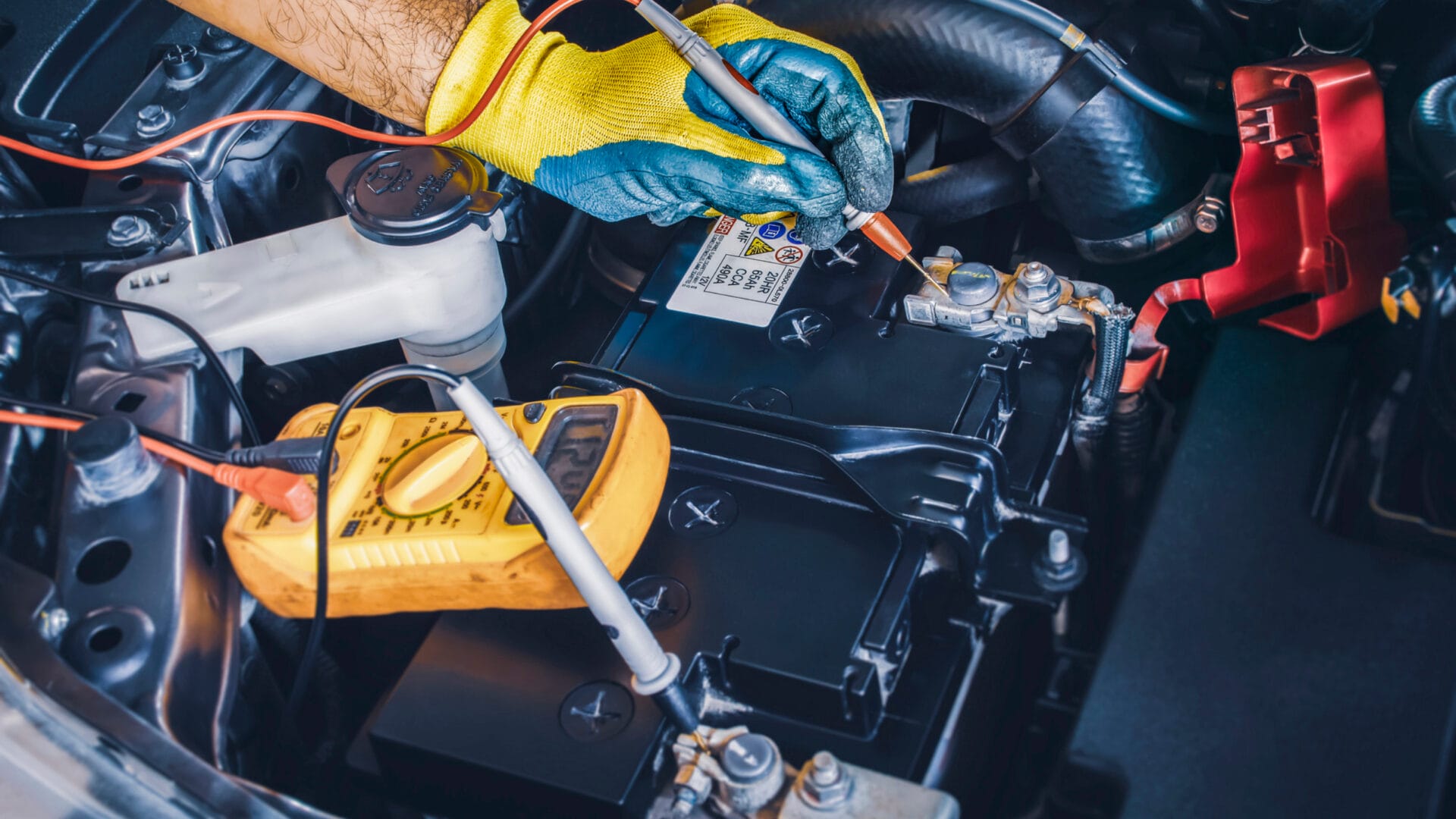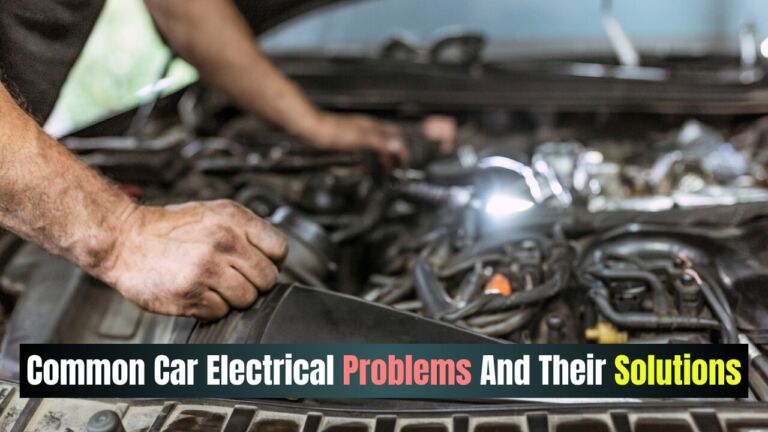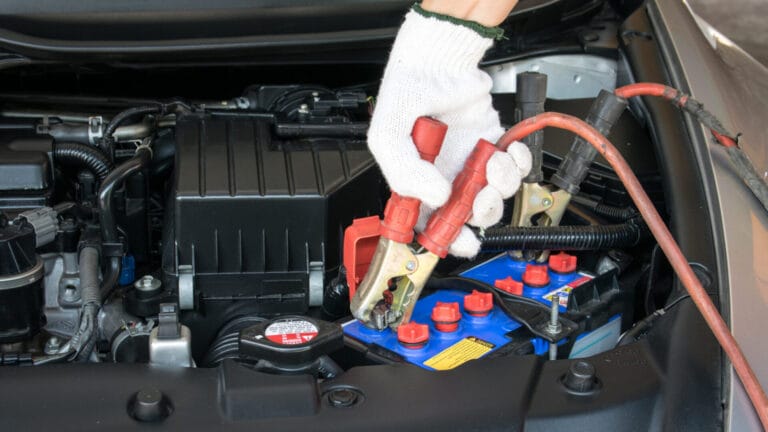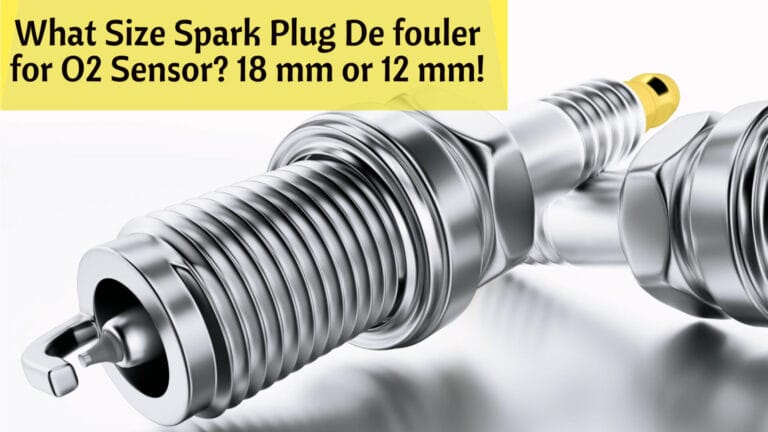When I Turn The Key Everything Goes Dead; Find Out Why
Of the many car issues, the issue that results in the car not starting is the worst. This issue where everything goes dead when you turn the key is one of these. To fix this, you must first determine the potential causes and apply the necessary solutions.
So, what are the possible reasons behind the problem?
when I turn the key, everything goes dead” Usually, this issue is caused by battery problems, including a loose or corroded battery cable, and tightening it solves it. However, a starter malfunction or loose connection may cause this issue.
The article discusses all the potential issues behind this issue and their solutions. Read on to learn about them and follow the steps to solve them.
Possible Reasons Why Everything Goes Dead After I Turn the Key
This issue, where everything in the car goes dead after a car is turned on, has been reported by many users. Sometimes, the power returns after a few minutes or after the car’s battery gets disconnected and reconnected.
However, to provide a permanent fix, you must determine and fix it. The following are the possible reasons behind this problem and the solutions.

- Battery Issues
Ninety percent of the time, this issue where you turn the key and everything goes dead is battery-related.
The battery issues can include corroded terminals or a loose connection by the cables. The battery terminals are where the cables connect to the battery to draw power and ground.
The terminals get corroded through a chemical reaction when the hydrogen gas mixes with air and moisture. A loose connection happens if the cables weren’t properly secured to the terminal during a previous installation, servicing, or replacement.
Another battery-related issue behind this is a dead battery or a discharged one. This issue is likely on old batteries with over three years in service since most have a lifespan between three and four years. However, the alternator may be failing to charge the battery due to the battery wear and tear issue.
Diagnosis
Diagnosis is crucial since there are many possible battery-related issues behind this, where everything goes dead after the key is turned. To perform the diagnosis, you first need to access the battery.
Follow the steps below to access the battery to diagnose it.
- Step 1: Turn off the vehicle.
- Step 2: Pop the hood.
- Step 3: Locate the battery. Usually, it’s in the engine compartment under a square cover.
- Step 4: Remove the cover to reveal the battery.
Once you have access to the battery, perform the following diagnosis.
Check For Loose Connection
Inspect the battery to check if either of the two wires (positive and negative) are loose. You can also try to wiggle them slightly to see if either moves freely, which they shouldn’t.
Check For Corroded Terminals
Check for a white or blue-greenish power on the terminals, which is how corrosion looks. The corrosion can also be on the cables as they hold on the terminals.
Consult the image below to see how corrosion looks.

Image source: AAMCO
Confirm Battery Age
Before you test the battery, especially if you suspect it is dead, check its age. The information about its age is usually on the warranty documentation or the stamped/engraved date codes.
This code consists of letters and numbers indicating the battery’s manufacturing date. Some also have a shipping sticker that you can use to determine the battery age.
Consult this video to learn more about reading car battery age.
Test Battery Voltage
Another diagnosis test you can perform on your battery to confirm if it’s behind this issue is to test it. Use a multimeter to test for the voltage by selecting the voltage DC position and then touching the terminals with its probes. The voltage should read at least 12.5 volts on the multimeter.
Watch how to do this in the video below.
Solutions to the Battery Issues
The solution depends on the exact cause of the issue. The following are the solutions based on the exact cause.
- Tighten Loose Cables
If your cables are loose, tighten them with a wrench and ensure there is no play felt. Usually, most batteries have bolts securing them tightly on the terminals. Tighten these bolts on the terminals, too.
- Clean Corroded Terminals
Clean the terminals if they are corroded, interfering with the power supply to the vehicle. Cleaning the terminals is fairly simple. Follow the following steps.
- Step 1: Turn off the car, engage the handbrake, and remove the key.
- Step 2: Wear protective gear, including eyewear. According to Eye on Health, rust getting into the eyes can cause eye infections. Also, wear gloves.
- Step 3: Mix water and baking soda.
- Step 4: Disconnect the battery terminals, negative first.
- Step 5: Pour the mixture into the terminal and the cables.
- Step 6: Use a brush to scrub the corrosion. Use a wire brush for the inside parts of the battery.
- Step 7: Use a cloth to dry the mixture from the terminal and cables.
- Step 8: Reinstall the cables, starting with the positive terminal.
This video can help provide a visual aid.
- Replace the Battery
If the battery tests show the battery is dead, replace it. Follow the steps below to replace it. (Continue from Step 4 mentioned above.)
- Step 1: Unscrew the hold-down clamp holding the battery.
- Step 2: Remove the old battery.
- Step 3: Install the new battery and screw the hold-down clamp to hold it in place.
- Step 4: Connect the terminals, starting with the positive one.
- Step 5: Replace the cover.
Watch how to handle the replacement here.
Depending on size and car type, battery replacement usually ranges between $50 and $300.
- Starter Malfunction
The starter aids the engine start by rotating it before it starts. The starter malfunctions for various reasons, the main one being loose wiring from the battery. This disrupts the electrical power, resulting in a malfunction.
Locate the car starter and check for any loose connection. You can also test it using a different battery.
Use the following video to learn how to test your car’s starter and solenoid.
Solution
- Reconnect any loose connection to the solenoid and tighten using a socket set.
- Also, if the connecting points are corroded, use a cleaner or a mixture of soap and water to clean it.
Can Using an Impact Socket on a Torque Wrench Cause Electrical Issues with My Car?
Using an impact socket compatibility with torque wrench ensures a secure fit without causing any electrical concerns in your car. This combination is designed to handle high torque applications and can safely tighten or loosen bolts and nuts without interfering with the car’s electrical system.
FAQs
These are the frequently asked questions about the issue where everything goes dead when the key is turned.
Can a New Battery Cause Everything To Go Dead When I Turn The Key?
Even though you began getting this issue when you installed a new battery on your car, it may not be the reason behind this issue. However, a loose connection to the terminals may be behind, interfering with the startup. Check the cables and reconnect them if loose.
Why Does the Battery Work When the Key is in position But Dies When Turned To Start?
While the key is in one position, there is a low demand for power from the battery, which it can manage to produce. However, once the key is turned to start, there is a higher power demand, which, if the battery is loose, causes a voltage drop.
How Long Will Does This Issue Take To Diagnose and Fix?
Diagnosing and fixing this issue can take less than a few minutes to more than an hour. The time depends on the exact issue since some, like a loose connection, are faster to fix.
Final Words
When your car has this issue of everything going dead when you turn the key, check the battery first. A loosely connected battery cable is often the culprit, especially if users recently did a battery-related repair or maintenance. A quick diagnosis includes jump-starting the car using another car.
Besides, the starter may be problematic, which will require testing. While most of these causes are easy to diagnose and fix, you can hire a professional to handle them. A professional will determine the exact cause and apply the necessary solution.





